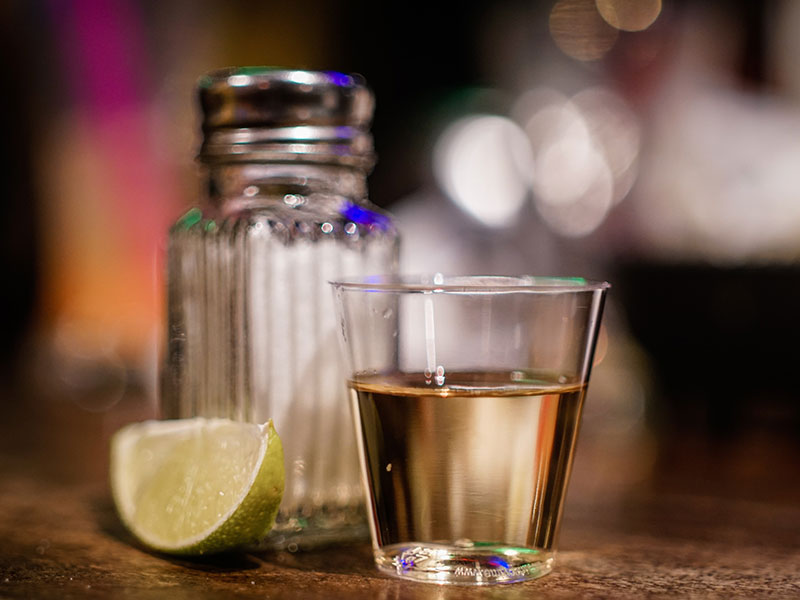Despite its association with rabble-rousers like salt and lime, or one-hit wonders like the Tequila Sunrise from the 1970s, this agave spirit has survived the test of (a lot of) time. It is as highly regarded among professional bartenders as bourbon and scotch. George Clooney even invested his hard-earned cash in launching a brand of the thing.
Like those who make bourbon, Tequila distillers, sometimes called America’s Native Spirit, must follow a set of strict criteria. These include making sure each bottle is created in the right place with the right components and that reposado and varieties are matured for the appropriate time. However, as the saying goes, Rome (or, in this instance, Tequila, Jalisco) was not built in a day—or even a millennium.
The Aztecs Ferment Agave from 1000 B.C. to 200 A.D.
It wasn’t always the partygoer’s preferred shot. It was never intended to be the cocktail we know today. Instead, the Aztecs loved pulque, a fermented drink made from the sap of the agave plant (this technique was also likely used by the Olmecs, an even older civilization dating back to 1000 B.C. that was based in the lowlands of Mexico). The milky liquid was so significant to Aztec society that two gods were worshipped linked to alcohol delivery. Mayahuel, the maguey goddess, was the first, and her spouse Patecatl, the pulque deity, was the second. Though the earliest mention of pulque occurred about 200 A.D. on stone walls, the drink only became popular centuries later when the Aztecs were surprised by a visit by the Spanish.
The Spanish Distill Agave in the 1400s and 1500s
While there are many ideas about how agave distilling began, one popular story includes the Spanish conquest and crude mud stills. The thirsty Spaniards couldn’t go too long without their brandy, so when supplies ran out, they made do with mud and agave, resulting in what we now know as mezcal. (Keep in mind that although all mezcals are tequilas, not all tequilas are mezcals.) The Spanish government established a trade route between Manila and Mexico in the mid-1500s, and the Marquis of Altamira erected the first large-scale distillery in the early 1600s.
From the 1700s through the 1800s, modern tequila is created.
The Cuervo family started professionally distilling the drink in 1758, followed by the Sauza family in 1873 (and, we’re sure, a few more tiny manufacturers in between). Don Cenobio Sauza, according to Slate, was the one who identified blue agave as the best for making it.
The Margarita was created in 1936.
During Prohibition, tequila found a home among American scofflaws, much as rye whisky from Canada did. Drinkers in the United States started taking advantage of Mexico’s luscious agave nectar—not to mention the more than one hundred bars in Tijuana that were copious with drink and simple to access—because they couldn’t get their hands on anything beyond second-rate whiskey and bathtub gin.
Tequila became Mexico’s intellectual property in 1974.
In 1974, the Mexican government claimed “tequila” to be their intellectual property to claim ownership of the phrase. This necessitated the production and aging of tequila in certain parts of Mexico, as well as making it illegal for other nations to create or sell their own “tequila.” The Tequila Regulatory Council was also established to guarantee quality and promote the spirit’s culture.
By 1936, it was legal to drink in the United States again, and traveling to Mexico for a good time was no longer necessary. However, a newspaperman named James Graham and his wife traveled to Tijuana. He ended themselves at one of the remaining clubs, managed by an Irishman named Madden, who was well-known in the region for his Tequila Daisy. Though Madden conceded that the drink’s inception was a fortuitous accident, it has since become one of the most well-known in the United States (Margarita in Spanish means daisy). When was the last time you didn’t have one at Cinco de Mayo? (Assuming that you observe that peculiarly American of Mexican festivals, of course.)
Agave’s Love Affair with Bartending in 2015
Bartenders all around the globe are taming the basic agave nectar into more than simple Margaritas and Tequila Sunrises, from the modest pulque to today’s artisan tequilas. Phil Ward created Mayahuel in 2009 to celebrate the present condition of outstanding tequila and mezcal in the United States (the name was inspired by the Aztec god, who birthed 400 drunken rabbit babies). The bar was instrumental in popularizing tequila-based traditional drinks like the Oaxaca Old Fashioned. Since then, several notable bars have opened around the nation, notably 400 Rabbits in Austin, Texas. In addition, Ivy Mix, the Best American Bartender at this year’s Tales of the Cocktail, has launched Leyenda, a Mexican-inspired watering hole selling tequila drinks that would make the Olmecs raise a glass in awe.
